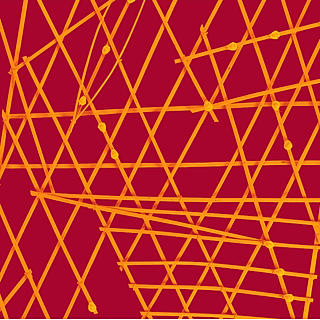Iberia's Oldest Writing
- Admin
- Jul 27, 2017
- 3 min read

Herdade da Abobada (Almodôvar). Museu da Rainha D. Leonor, Beja
_______________________________________________________________________________________________________________
Six hundred years before the current era, the Iberian peninsula was inhabited by myriad tribes communicating in as many languages. These tribes formed relationships with other neighbouring tribes to form yet wider affiliations or federations of common identity. The Callaeci of present-day Galicia in North-West Spain, for example, were assembled from smaller tribes such as the Copori, Limici and Helleni, among others. These larger networks communicated in a common language.
The linguistic picture is equally as complex as the ethno-geographic one. The Callaeci, for example, may have spoken a Celtic language, but their neighbours, the Lusitani and Vettones, seem to have spoken a pre-Celtic tongue. The eastern Mediterranean coast was dominated by the unclassified Iberian language— which may be non-Indo-European— while Aquitanian— the predecessor of Basque— was spoken in an area appreciably larger than the language isolate's current territory. Yet this is only a low-resolution description of the peninsula's linguistic story, against which an anomaly stands out: the so-called Tartessian language.
But, let's take a step back for a moment, because even the 'Tartessian' denomination is ridden with controversy, and presumes that the yet-unclassified language is the language of the ancient Tartessians who were the apparent antecedents of the Turdetani, mentioned in Classical sources. According to Strabo,
"The Turdetanians are ranked as the wisest of the Iberians; and they make use of an alphabet, and possess records of their ancient history, poems, and laws written in verse that are six thousand years old, as they assert."
So how do we know about these languages in the first place? Well, aside from textual evidence, there are also hoards of archaeological artefacts which record these Paleohispanic languages, which were spoken by the Pre-Roman peoples of the peninsula.
The archaeological evidence comes primarily in the form of stone slabs, or steles, which contain inscriptions in elusive Paleohispanic Scripts. These scripts were used to record these Pre-Roman languages.
The Paleohispanic Scripts survived until the Latin alphabet became dominant. Unlike the Roman-imported alphabet, the Paleohispanic Scripts were semi-syllabaries, which behaved partly as an alphabet and partly as a syllabary.
So let's take a look at one of the iterations of the script, known as the Southwestern Paleohispanic Script or, more controversially, the Tartessian script.
Officially, despite several claims to the contrary, the language recorded in this southwestern variant of this script remains unclassified and unknown.
John T. Koch, among others, believe that the language in question is not only Indo-European but also a Celtic language, while Rodríguez Ramos and Javier de Hoz, have argued, on the other hand, that the language is an unknown language isolate perhaps unrelated to other Indo-European languages. If the latter two are correct, then the language recorded in the SW script might be potentially linked to the neighbouring Iberian language.
Examining the steles, I argue, along with Koch, that the language of the SW script is undoubtedly Indo-European and likely Celtic. This is based on a mound of evidence. Being a fluent Welsh speaker, with some linguistic knowledge, some words are vaguely familiar, and the presence of inflected verbs which are conspicuously Indo-European in character (naŕke, naŕkᵉentᶤi) call the non-IE stance into question.
After assembling a table of possible sound values for the carved glyphs, beginning with the values of the Phoenician alphabet, I carefully transcribed the inscriptions from the available images of the steles.
This gave me the following string of characters for the Fonte Velha (Bensafrim) (J.53.1) tablet:
lokᵒobᵒoniirabᵒotᵒoaŕaiaikᵃaltᵉelokᵒonanenaŕ[K]ekᵃa[?]ᶤiśiinkᵒolobᵒoiitᵉerobᵃarebᵉetᵉasiioonii
As you can see, this left me with one long word! The SW script is written in scriptio continua—a style of writing without spaces between the individual words. This makes parsing out individual words tricky. I then used the other long words that I transcribed in similar fashion from other steles to search for common patterns.
Looking at the long string above, I immediately noticed the possible word lokᵒobᵒo. This seemed to contain the element lokᵒo, which appears to be a Celtic name, specifically the deity Lugh of Irish mythology, more familiar to me as Lleu in Welsh. I was also aware of the place name Lugo in Galicia— a once Celtic-speaking area.
Parsing the texts this way, I became more and more sure that the language in question was Celtic. How else could we explain such a large amount of ostensibly Celtic vocabulary?
Although I am pretty convinced that the oldest-recorded Iberian language is Celtic, the matter is still open for debate.
Share your thoughts below!



















Comments